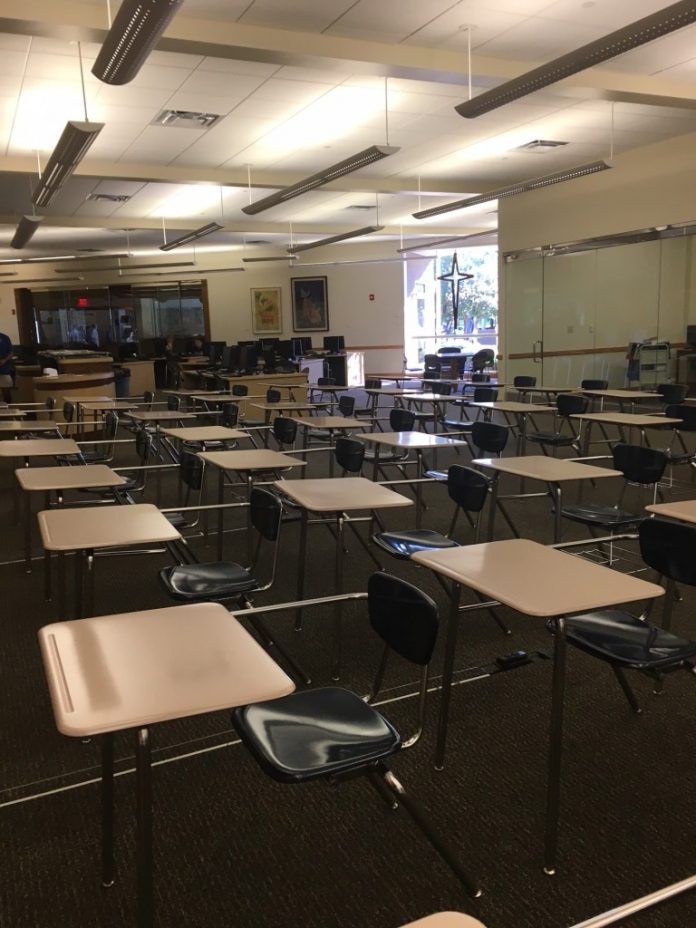
The Roundup invites and encourages all students to submit articles that reflect their personal perspectives regarding politics, culture, student life, sports, art, music, or hobbies. The Roundup does not endorse any particular point of view.
Introduction
A few Mondays ago, I stayed home due to a cold. I’m sure all of you have experienced this same situation once. That Monday, I decided to follow my schedule and complete all of my tasks. Instead of the normal school day (around 6 hours and 40 minutes) to complete all my tasks and receive instructions, I was able to complete it all in less than 3 hours. Surprisingly, my grades didn’t drop, and I have never felt more relaxed.
How should it be implemented?
It’s important to acknowledge that Texas requires a certain number of hours for students to be in school, so we can’t have a blank schedule. Instead, we should keep the same blocks, but instead of requiring students to be in a classroom, they should be required to sign in on campus.
Now, addressing the learning and classroom part. Let’s have teachers assigned to a classroom or office, and if necessary, let a student go in there to clarify a point or listen to a lecture they might be giving.
What about quizzes, tests, and assessments? For these, yes, it is 100% a good idea to require students to be in class for that day. Another solution could be to make it virtual, locking students into their computers. If students do not appear, they should be penalized.
Credit: EDUCAUSE Another option: Online Learning. Some classes could just be performed online learning platforms such as Edgenuity.
Why?
In an article by the University of Washington, asynchronous learning permits students to set their own pace as long as they meet certain hard deadlines. Students will also be able to designate more time for a harder subject. And after all, we are a college preparatory school. Allowing students to work on an asynchronous schedule will effectively transition them for a college experience where students will have to use their own freedom to get work done.
Consider the amount of time students and teachers can save. For students, we’d only have to spend half as much time, creating more time for us to do extracurriculars. For teachers, if they don’t have to teach all 20 students in one block, imagine what else they can accomplish.
Stay tuned to the Roundup for more viewpoint coverage.






